Small Warehouse Space in Atlanta, GA.
- Very Flexible Lease Terms
- Affordable
- Warehouse Racking Provided
- Warehouse Equipment for Free
WAREHOUSE SPACE STARTING AT $500 PER MONTH!
Schedule a tour today
[gated_hubspot_meeting form_id="3e371523-553f-419f-a1d2-d06f3ce0ba68" logic_config="ware" id="contact-form-alternate"]AFFORDABLE FOR SMALL BUSINESSES
The one-stop shop for all your small warehousing needs
Extra features and benefits without any extra fees
Industrial Racking
Optimal organization and utilized space
Warehouse Equipment
Simplified warehouse logistics
Electric
Electrical outlets in every unit
24/7 Security
Peace of mind and safety
Conference Room
A professional meeting space
Kitchen and Lounge
A comfortable break room
Climate Controlled
Comfortable workspaces and safe storage
Secure WiFi
Reliable internet connection
Loading Docks
Easy shipping and loading/unloading
Onsite Support
Around-the-clock assistance
Office Space
Business operations
All Inclusive Pricing
One affordable monthly rate
Loading Docks
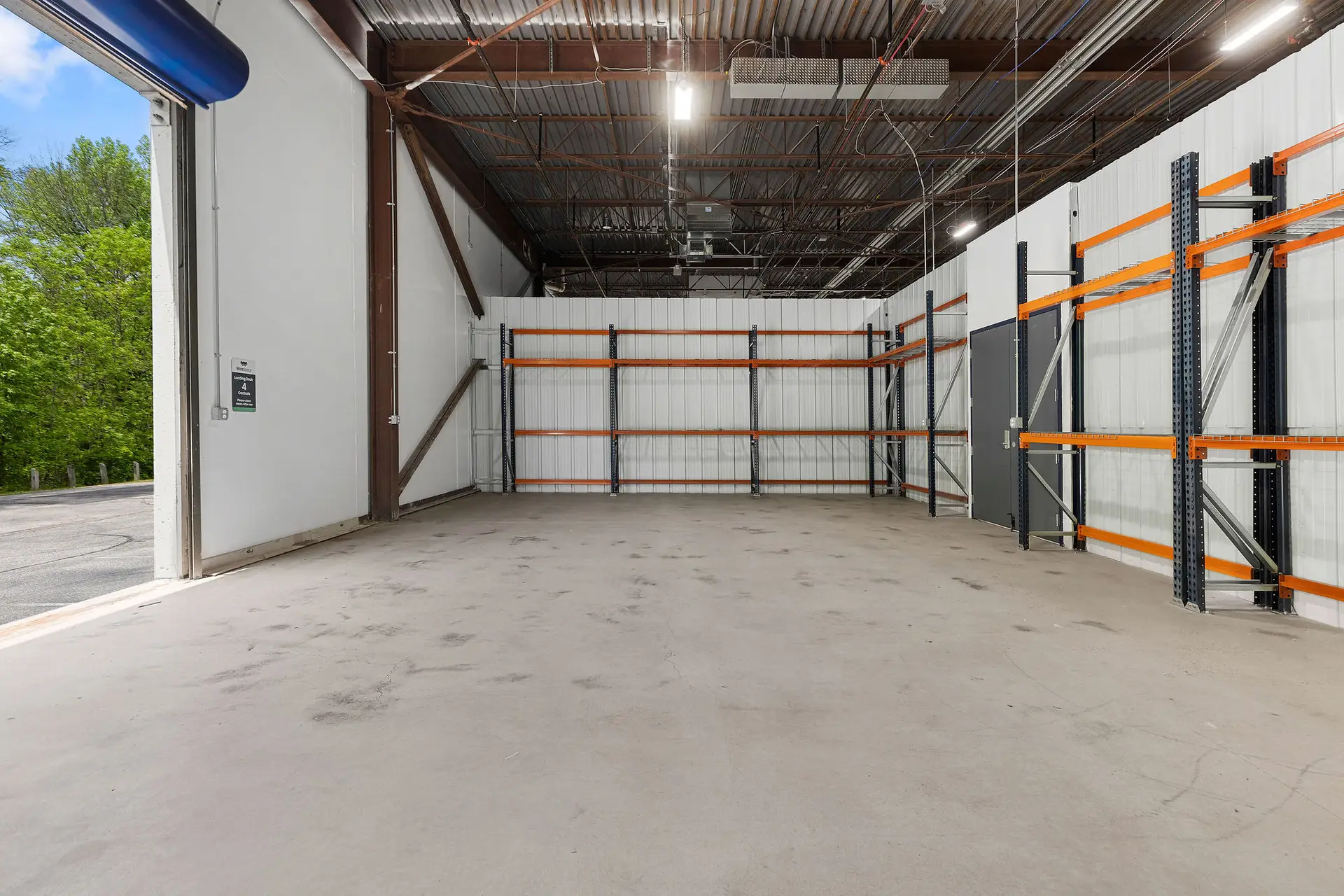
Warehouse Racking
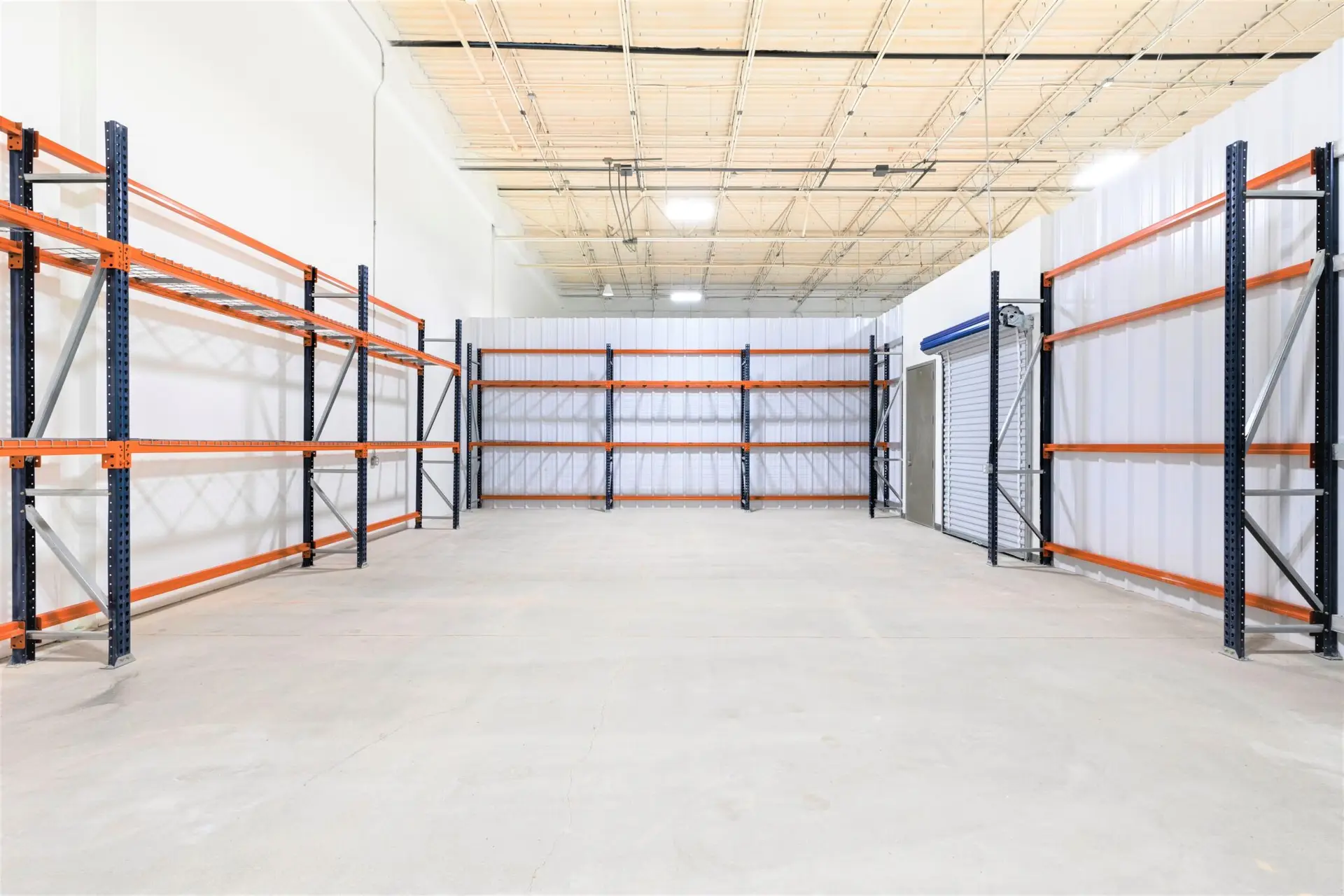
Warehouse Equipment
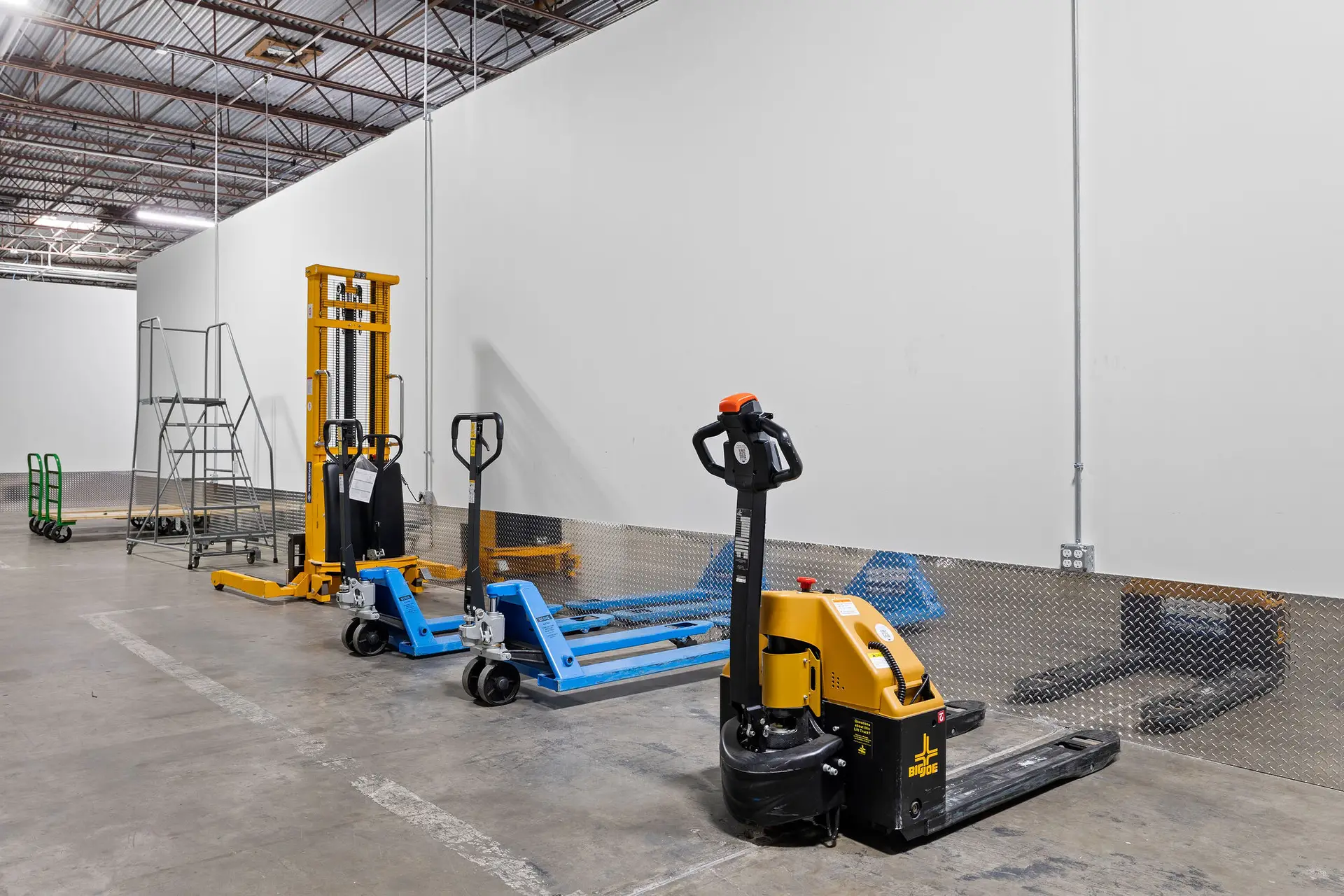
Grow Your Business
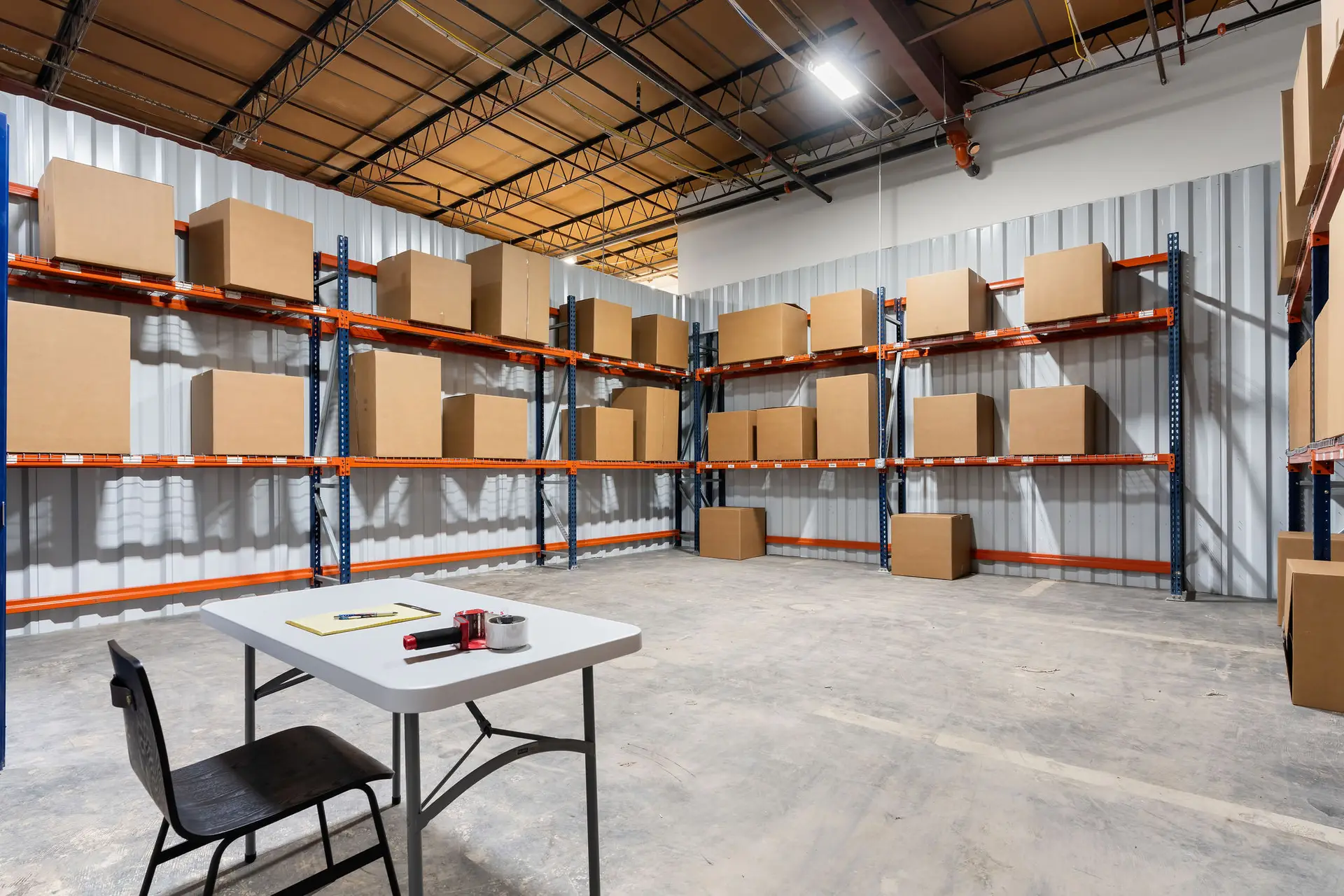
Ready to scale your business?
Find your ideal small warehouse space, for one low monthly rate in Atlanta.
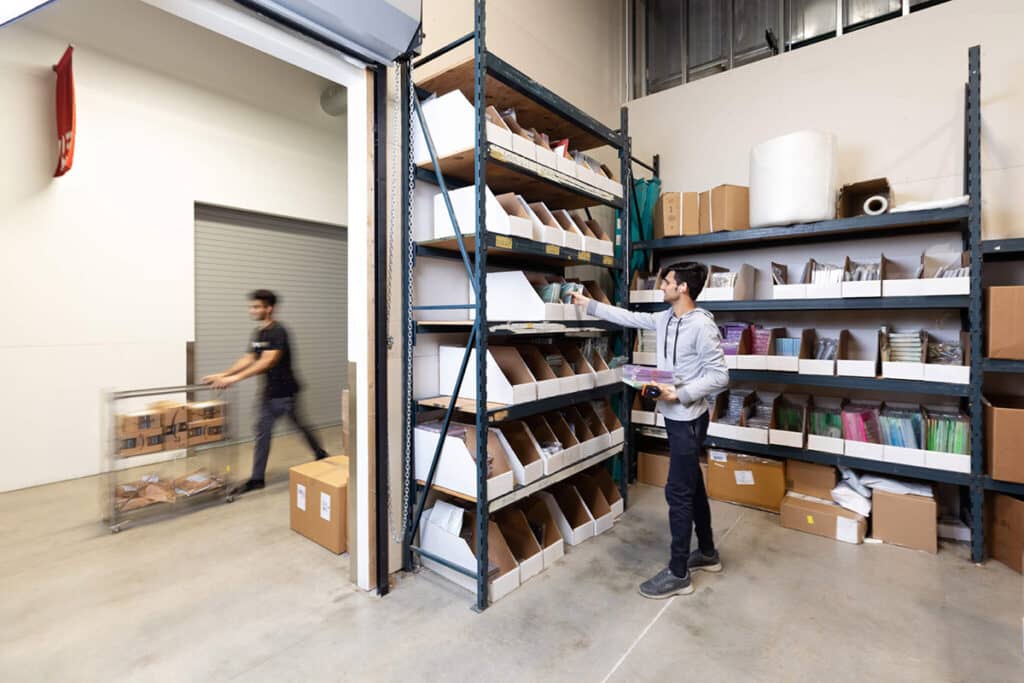
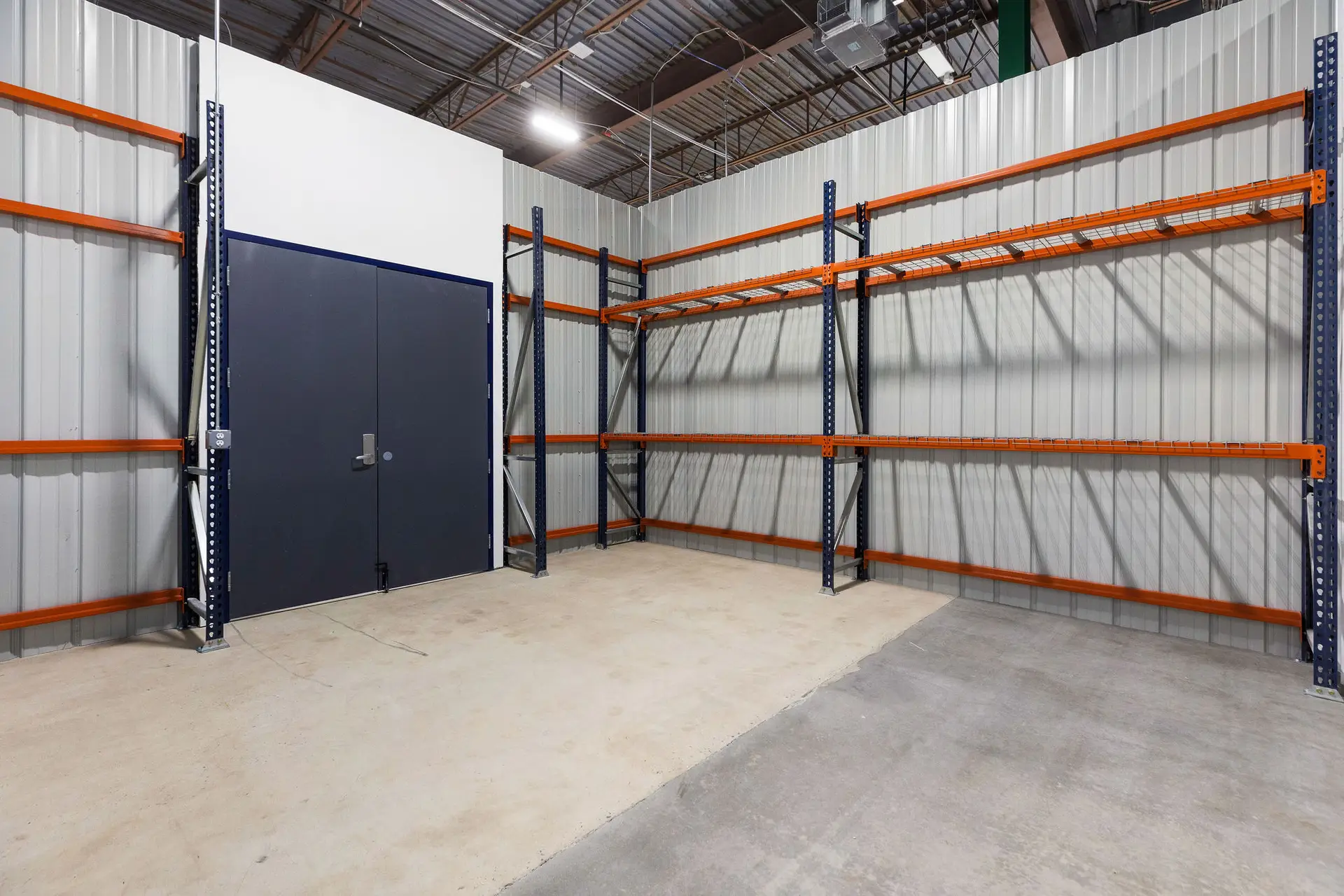
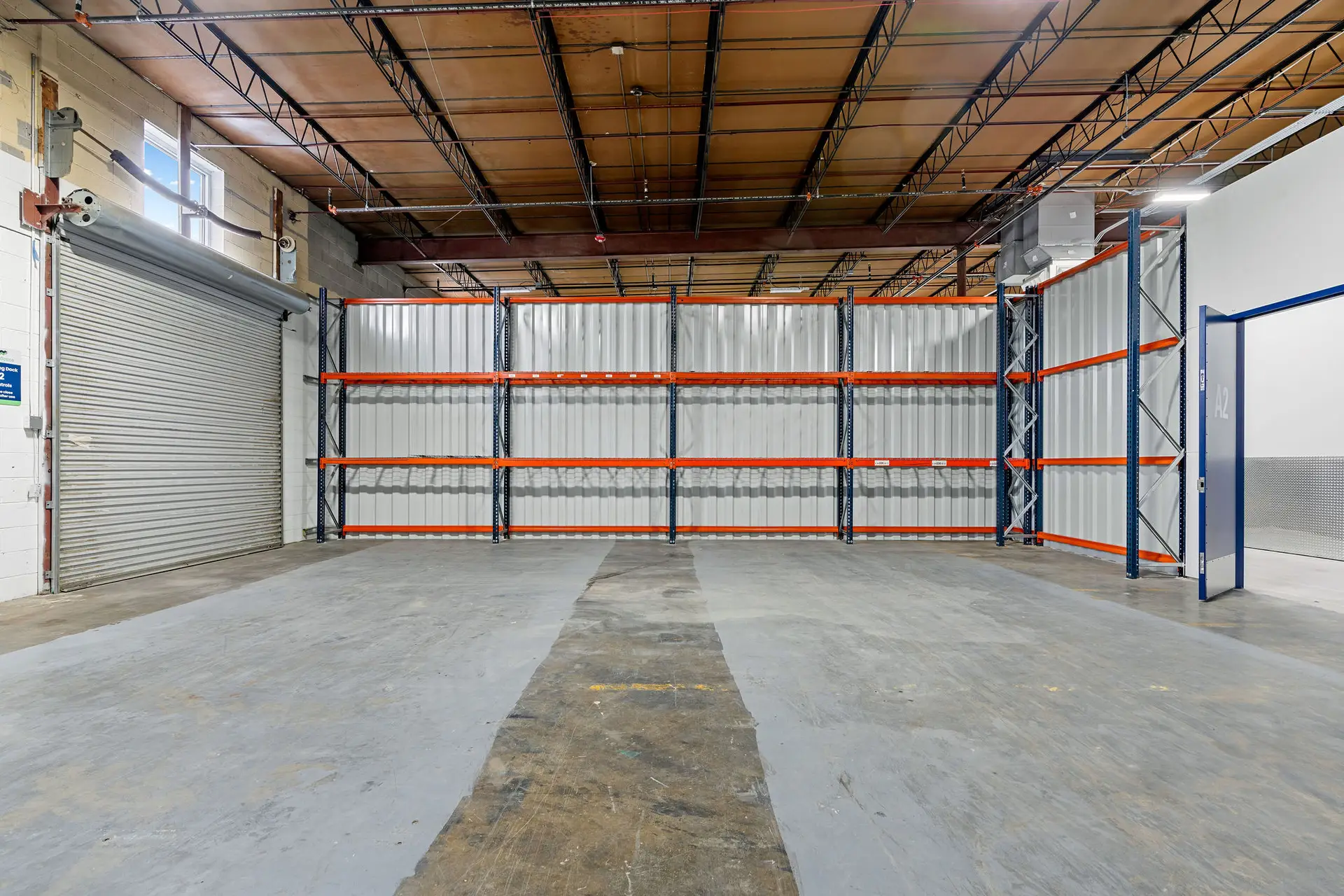
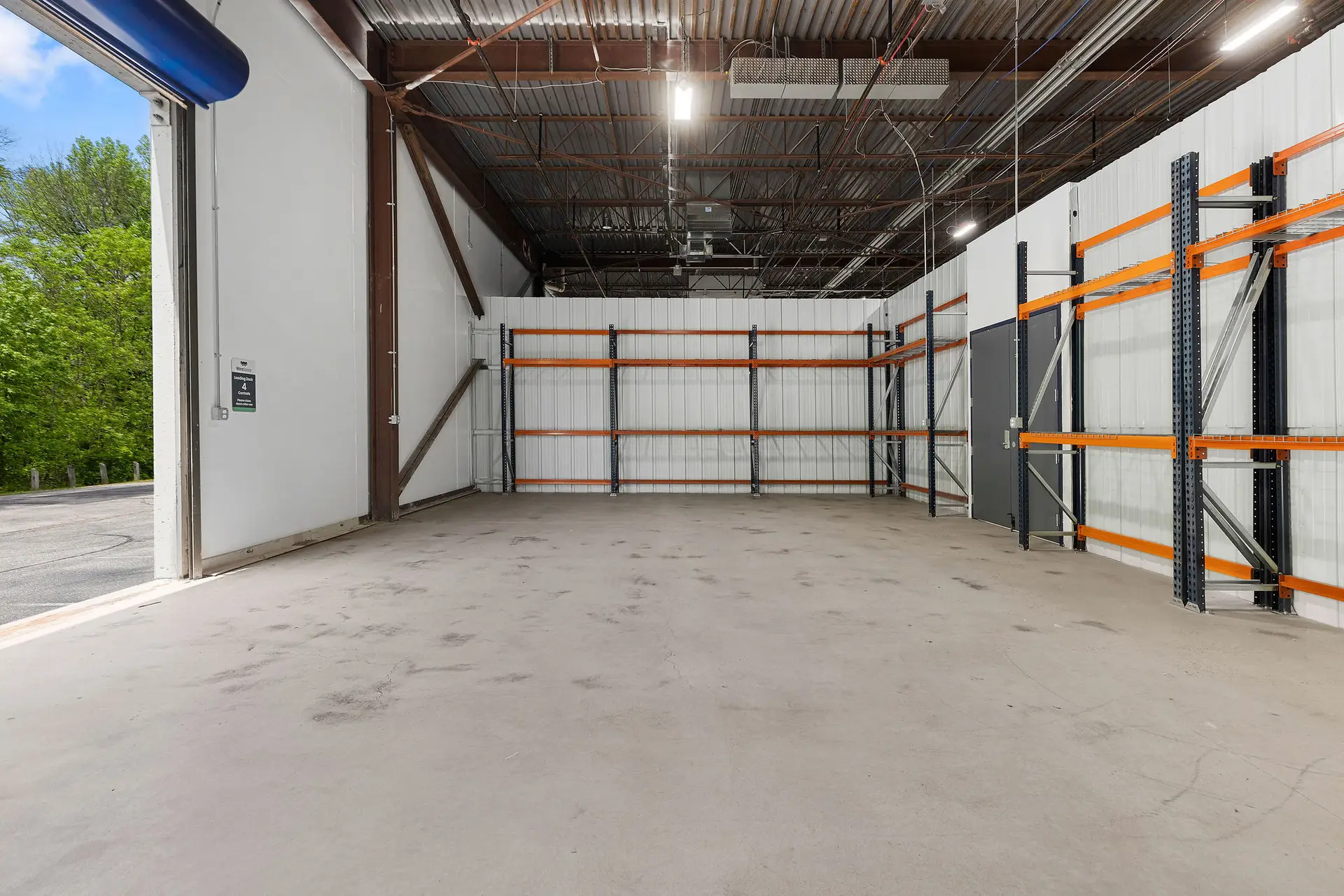
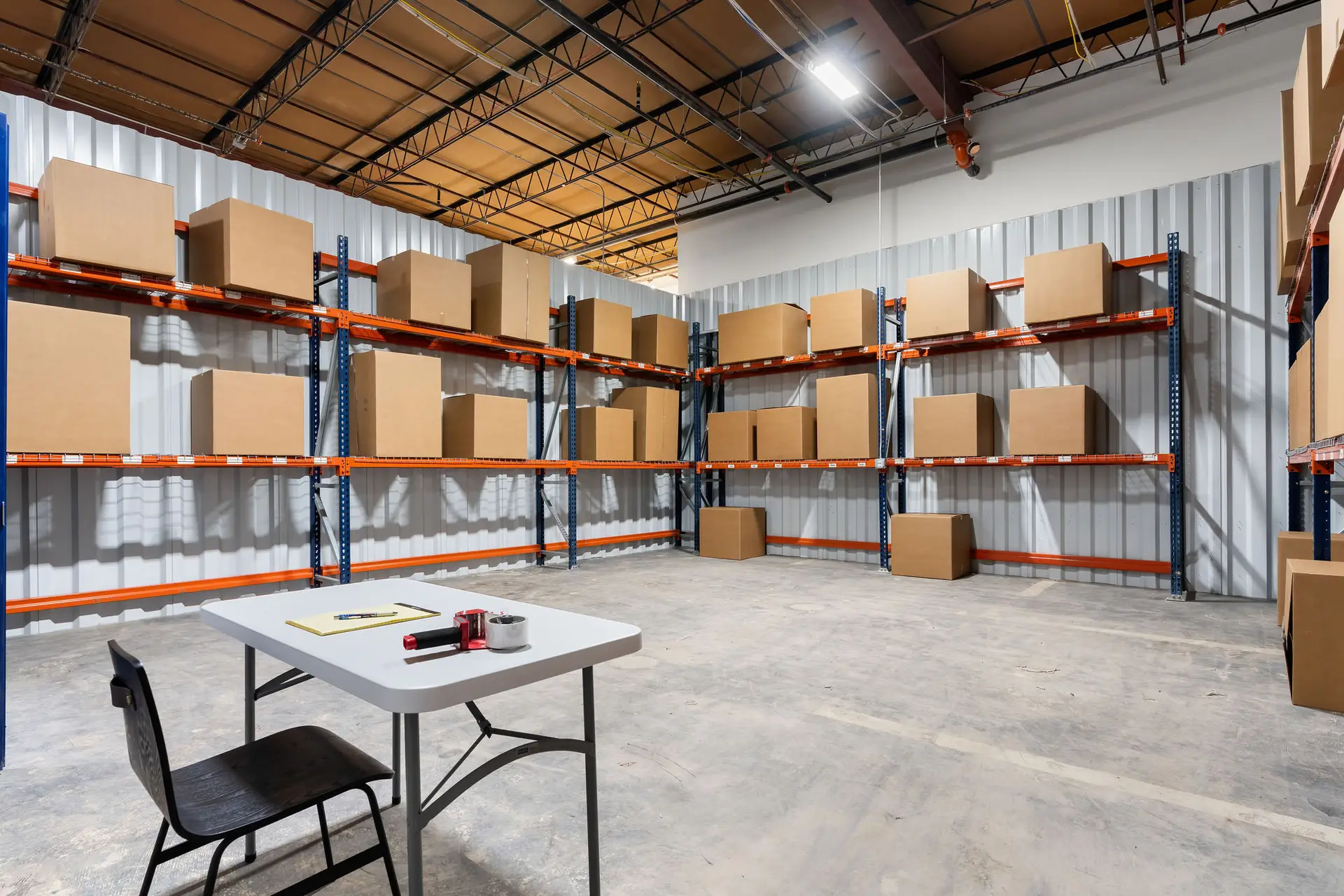
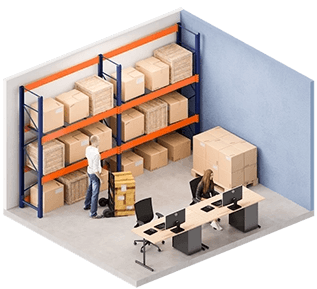



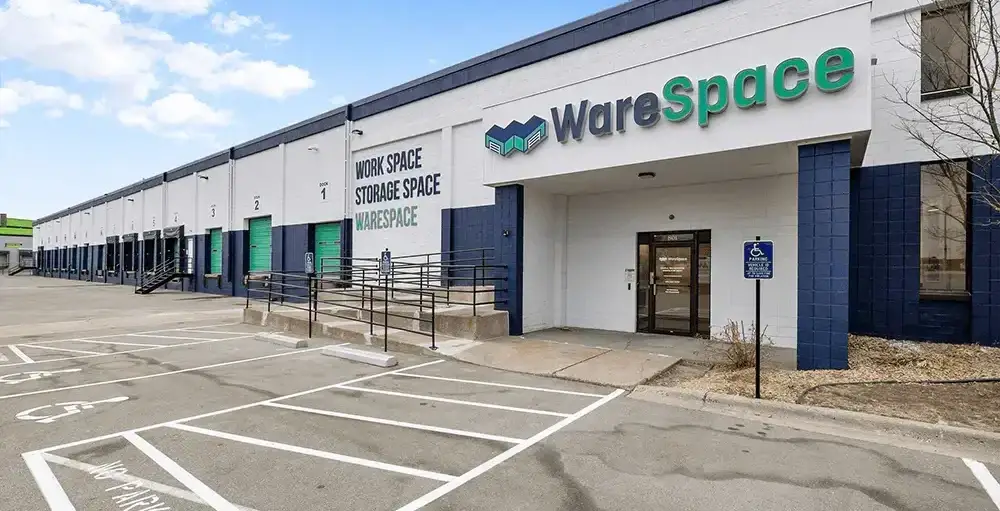
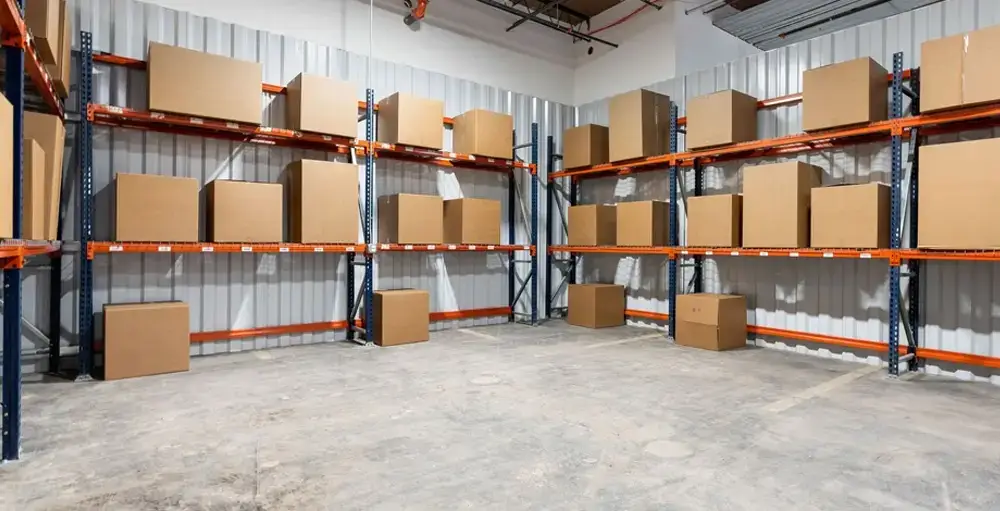
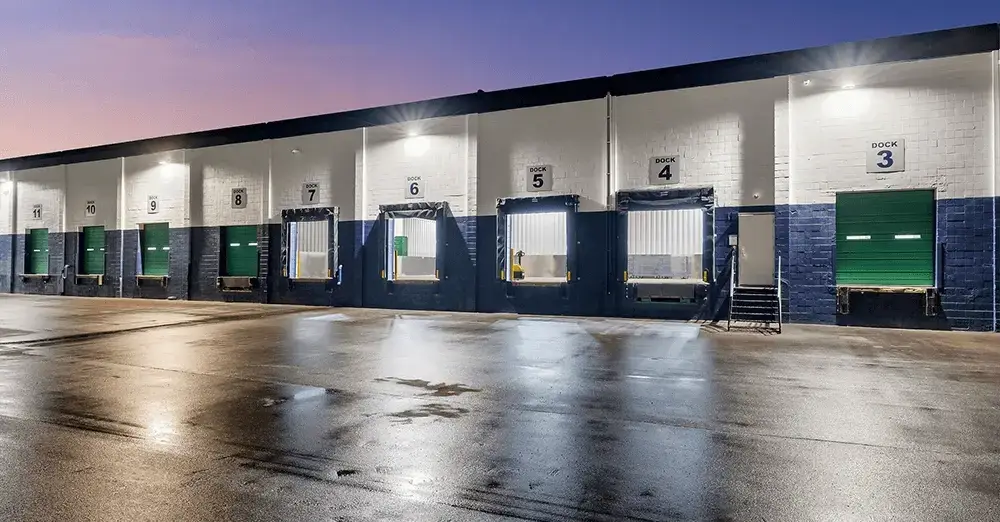
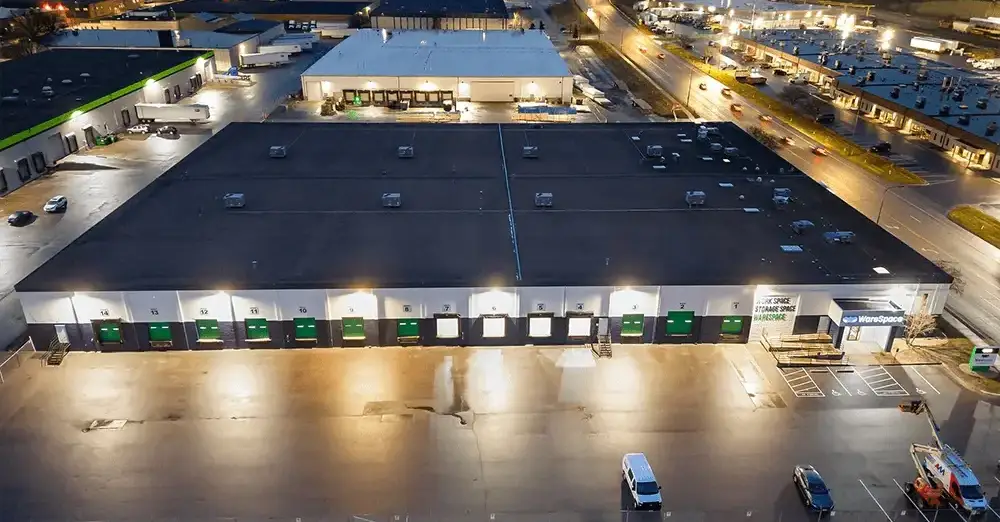











 ►
Explore 3D Space
►
Explore 3D Space